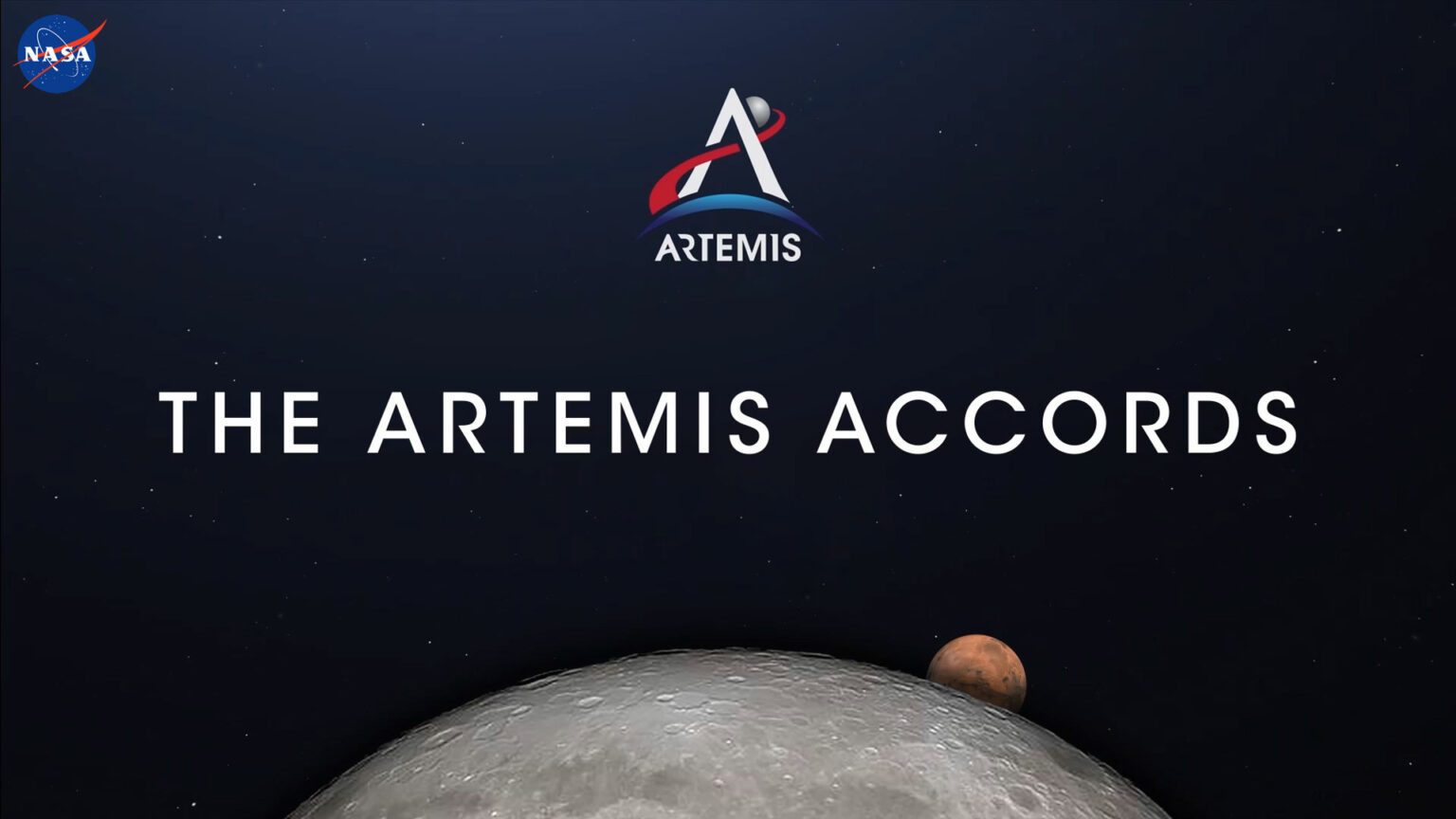Colombia is the 19th country to sign on to NASA’s Artemis Accords program, after recent pacts with Bahrain, Singapore, and Romania. This makes Colombia the latest addition to the rapidly expanding program.
Marta Luca Ramrez, the vice president of Colombia and the country’s minister of foreign affairs, stated that Colombia is excited to rapidly advance its space work, despite the fact that the country has not yet disclosed the specific contributions it will make to NASA’s Artemis program, which is en route to the moon.
In a statement released by NASA on Tuesday, Ramrez referred to the treaty as “a very important moment in the bilateral relationship as we mark this year the 200th anniversary of the establishment of diplomatic ties between the United States and Colombia” (May 10). (According to the United States Department of State, the United States officially recognized Colombia on June 19, 1822, which was three years after the nation had essentially earned its independence from Spain.)
Ramrez described the signing of the agreement with NASA as “a significant stepping stone for my country as we continue to build our knowledge, national capability, and awareness of the relevance of space for future generations of Colombians to come.”
The Artemis Accords provide guidelines for the responsible and nonviolent exploration of the moon and the surrounding space. In the latter part of this decade, as part of the Artemis mission, NASA intends to transport humans to the moon once again.

In the year 2020, NASA and the Department of State of the United States of America presented the Artemis Accords to the world, and at that time, eight countries had already signed on to the agreement: Australia, Canada, Japan, Luxembourg, Italy, the United Kingdom, the United Arab Emirates, and Italy. Since then, the document has been ratified by the governments of Bahrain, Brazil, Israel, the Republic of Korea, Mexico, New Zealand, Poland, Romania, Singapore, and Ukraine.
In a recent statement, officials from the United States Department of State explained that the Artemis Accords “layout certain principles to guide civil space actors.” These principles include peaceful purposes, transparency, interoperability, commitment to emergency assistance, registration of space objects, the release of scientific data, deconfliction of activities, protection of space heritage, and mitigation of orbital debris, including spacecraft disposal.
NASA reaffirmed that other nations would sign the agreements “in the months and years ahead,” as the organization continues to collaborate with its international partners to build a future in space that is secure, peaceful, and lucrative.
The space agency is working towards the goal of returning people to the surface of the moon in order to ultimately establish a human presence there that will be permanent. In addition to the landings near the lunar south pole, where it seems that pockets of water ice are buried within permanently shadowed craters, the agency is now working on establishing a Gateway lunar outpost in orbit around the moon.
After a “wet dress rehearsal” of the new Space Launch System mega-rocket, which is intended to send an uncrewed Orion space capsule around the moon, the first Artemis mission, which will be known as Artemis 1, may launch later on in this year, pending the treatment of several glitches that occurred during the test. Late in April, NASA moved the rocket to a safe location so that technicians at the Vehicle Assembly Building at Kennedy Space Center, which is close to the launchpad, could investigate the problems.
After the success of Artemis 1, a crewed lunar orbit mission known as Artemis 2 is scheduled to launch no sooner than 2024, and Artemis 3 is planned to accomplish the first crewed landing.













